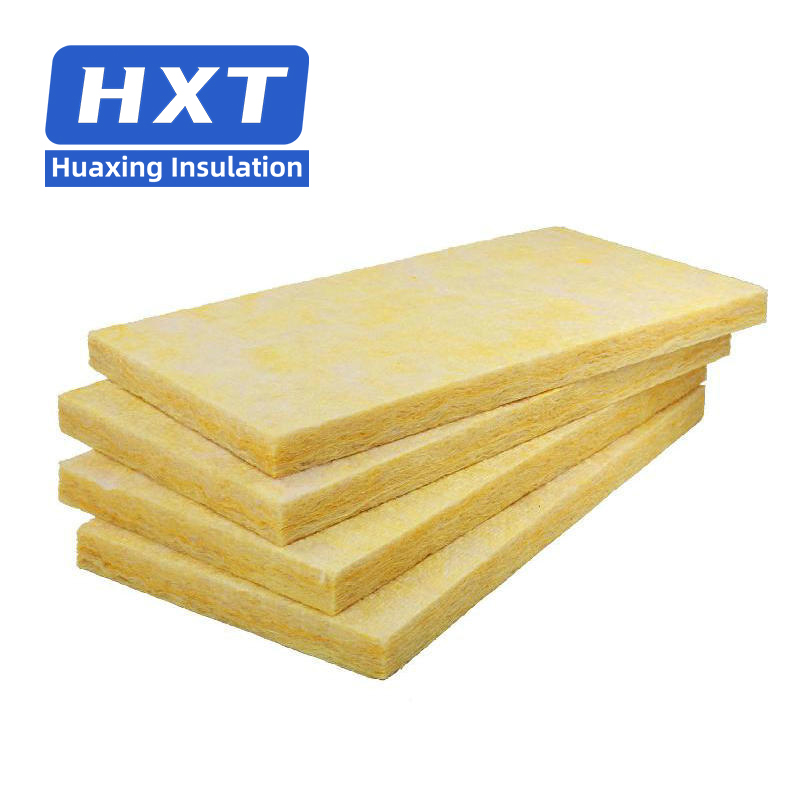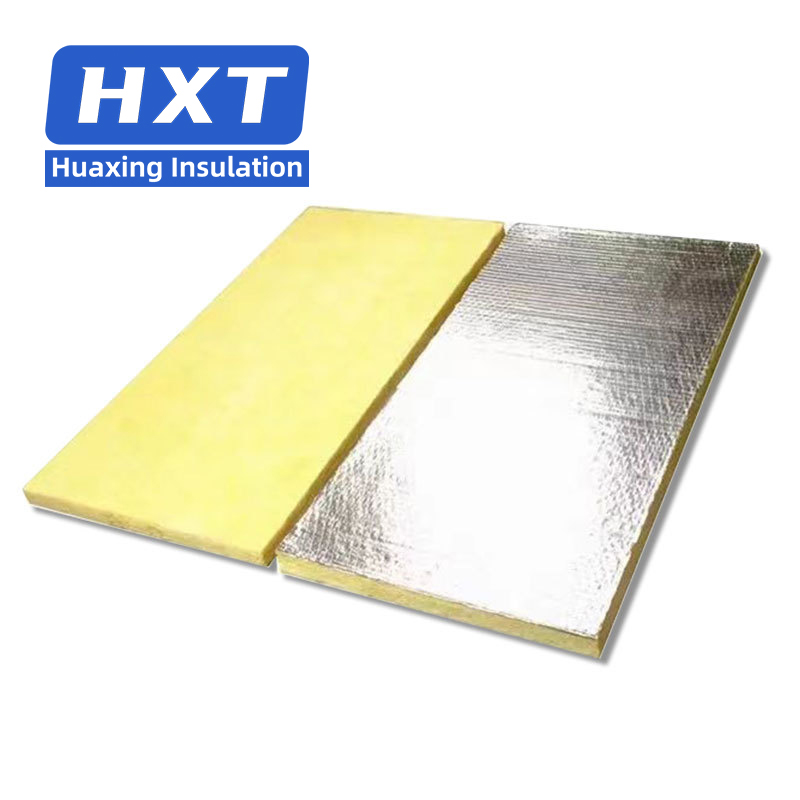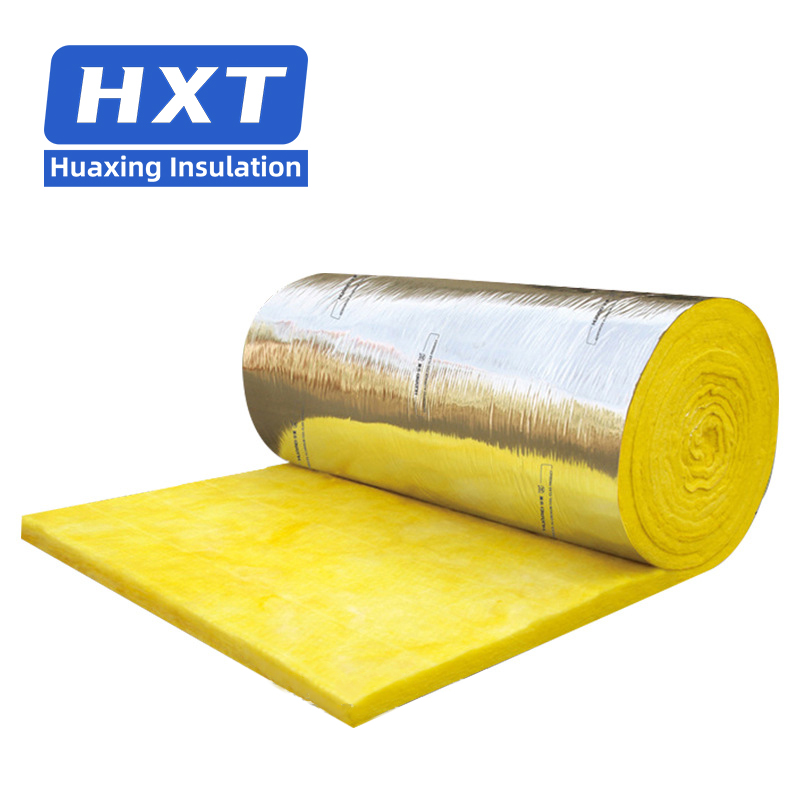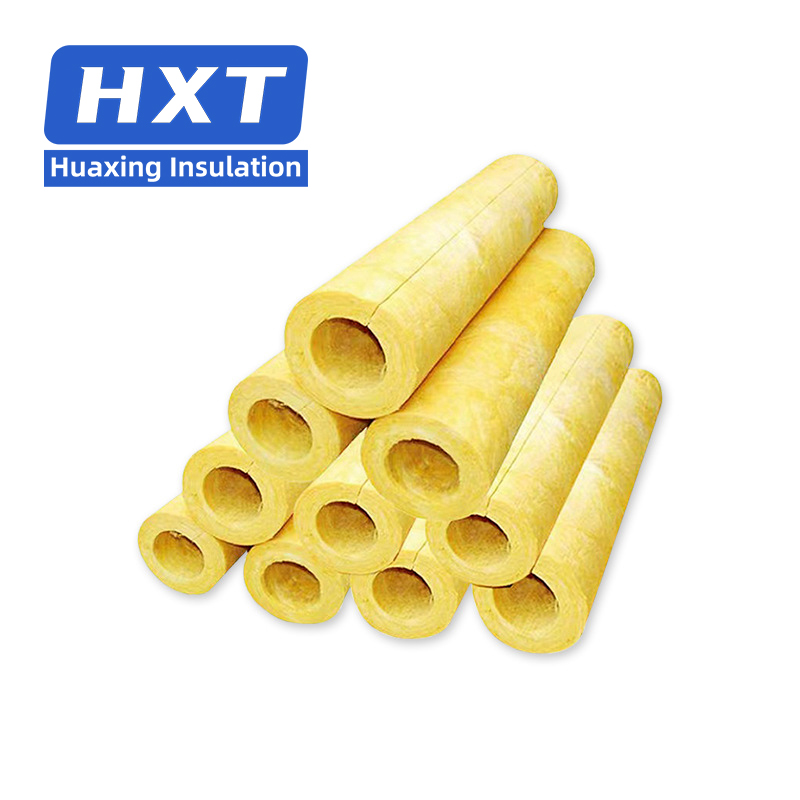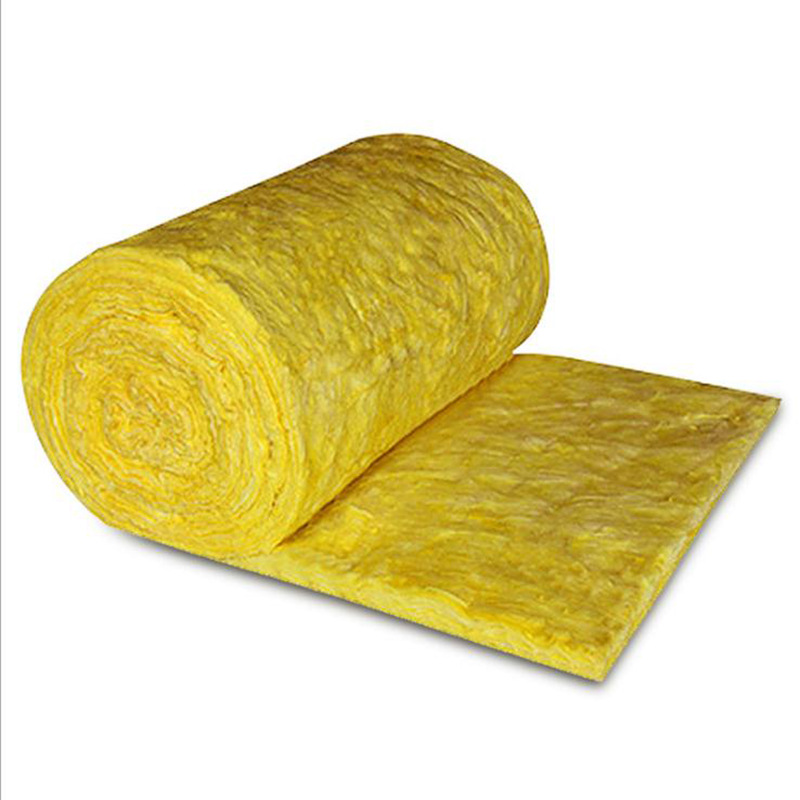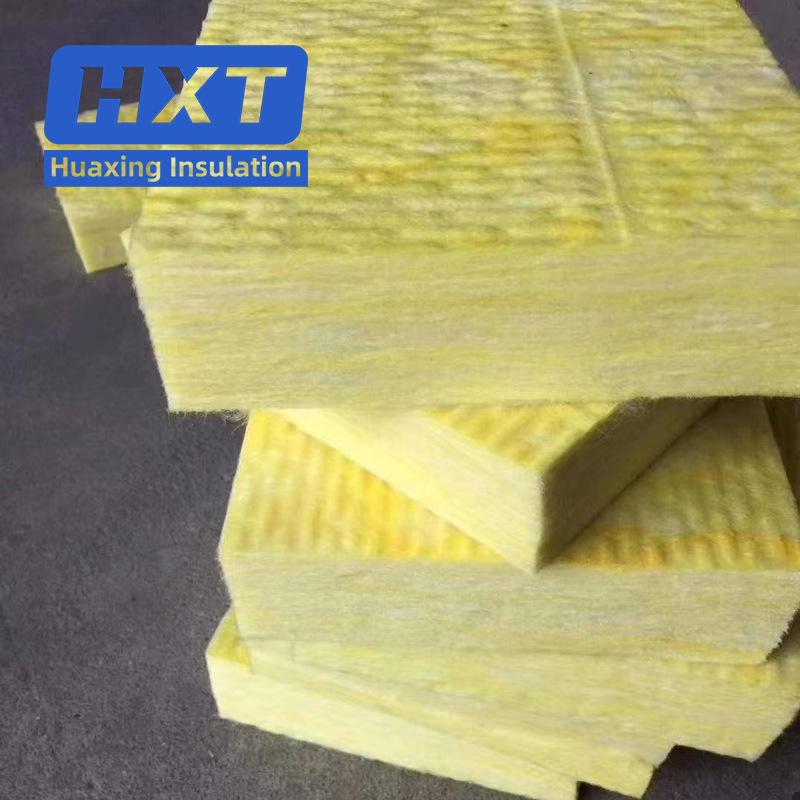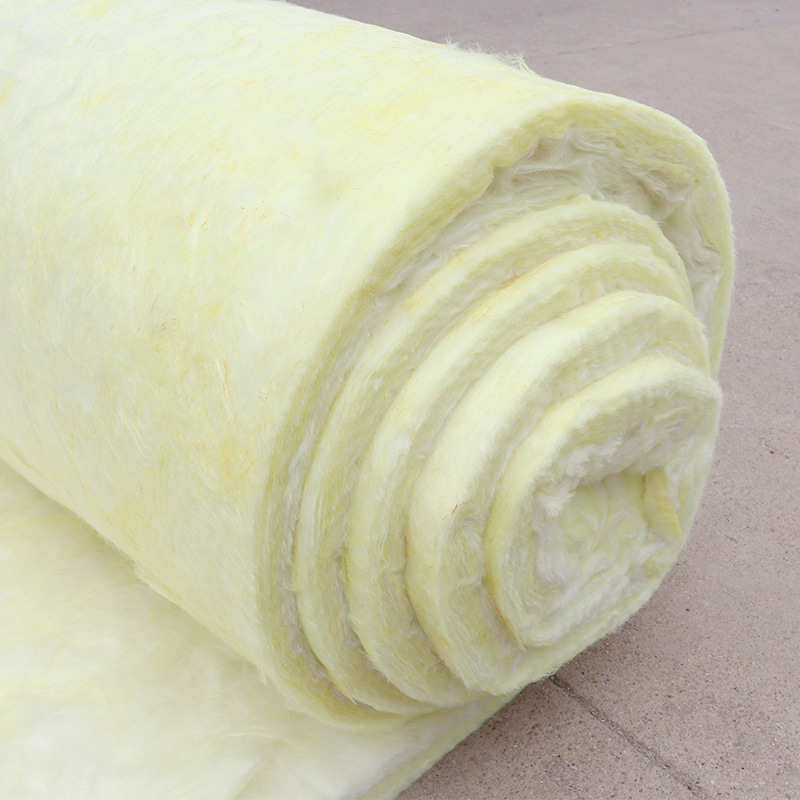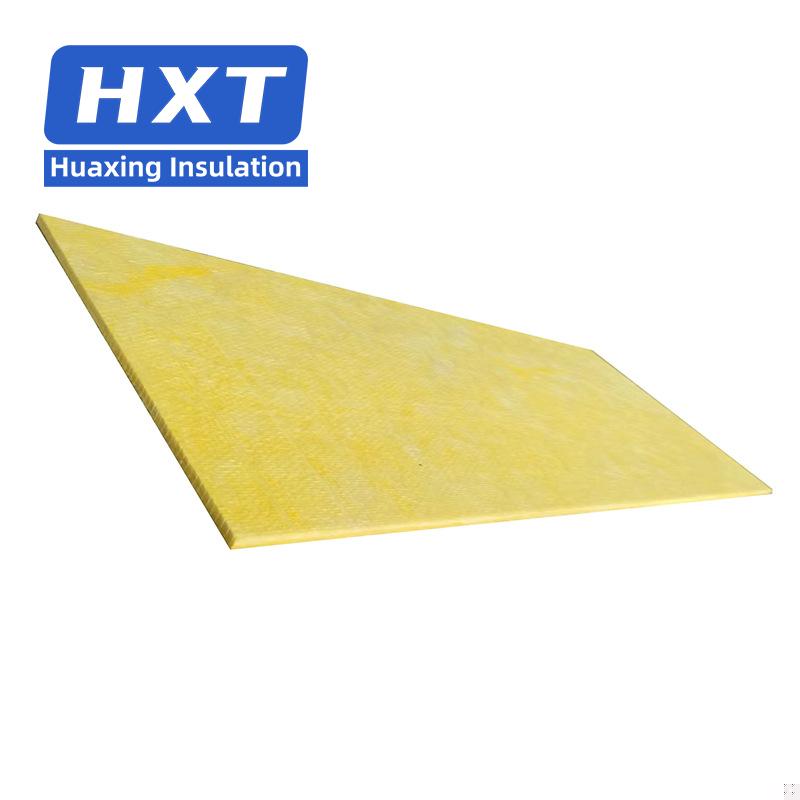Glass Wool: Properties and Uses
Blog 2024-10-24
Glass Wool: Properties and Uses
A Versatile Solution for Thermal and Acoustic Insulation
Introduction to Glass Wool
Glass wool, a form of fiberglass, is a popular insulation material known for its ability to trap air between fine strands of glass fibers. This makes it highly effective in reducing heat transfer and absorbing sound. It is used across various industries, primarily in construction, to improve building energy efficiency and comfort.
Thermal Insulation
Glass wool’s low thermal conductivity makes it an excellent thermal insulator. It helps maintain comfortable indoor temperatures by reducing heat loss in the winter and preventing heat gain in the summer, contributing to energy savings.
Acoustic Insulation
One of the key advantages of glass wool is its ability to reduce noise pollution. The fibrous structure absorbs sound waves, making it an effective solution for improving acoustics in residential, commercial, and industrial spaces.
Fire Resistance
Glass wool is classified as non-combustible, meaning it does not contribute to the spread of fire. Its fire resistance adds an extra layer of safety to buildings, making it a preferred material for applications where fire protection is a priority.
Applications in Construction
Glass wool is extensively used in the construction of walls, roofs, and floors. It provides both thermal and acoustic insulation in residential homes, office buildings, and industrial complexes. Additionally, it is used in HVAC systems, pipes, and mechanical equipment insulation to improve energy efficiency.

